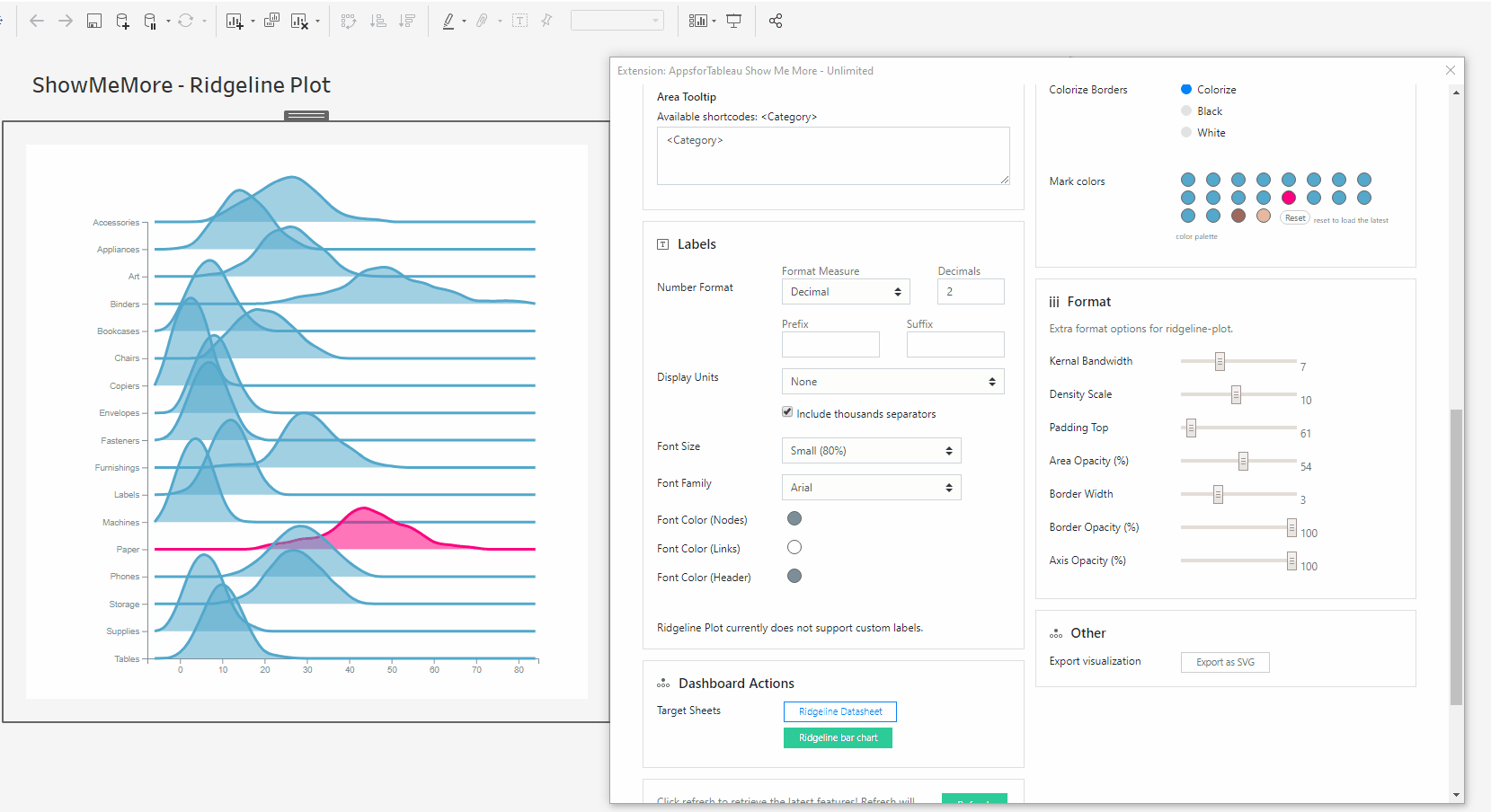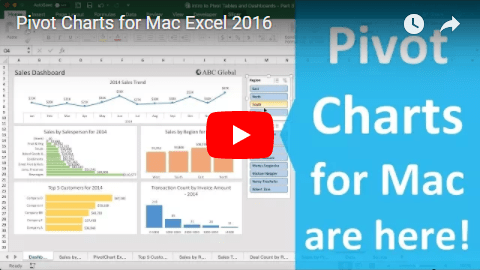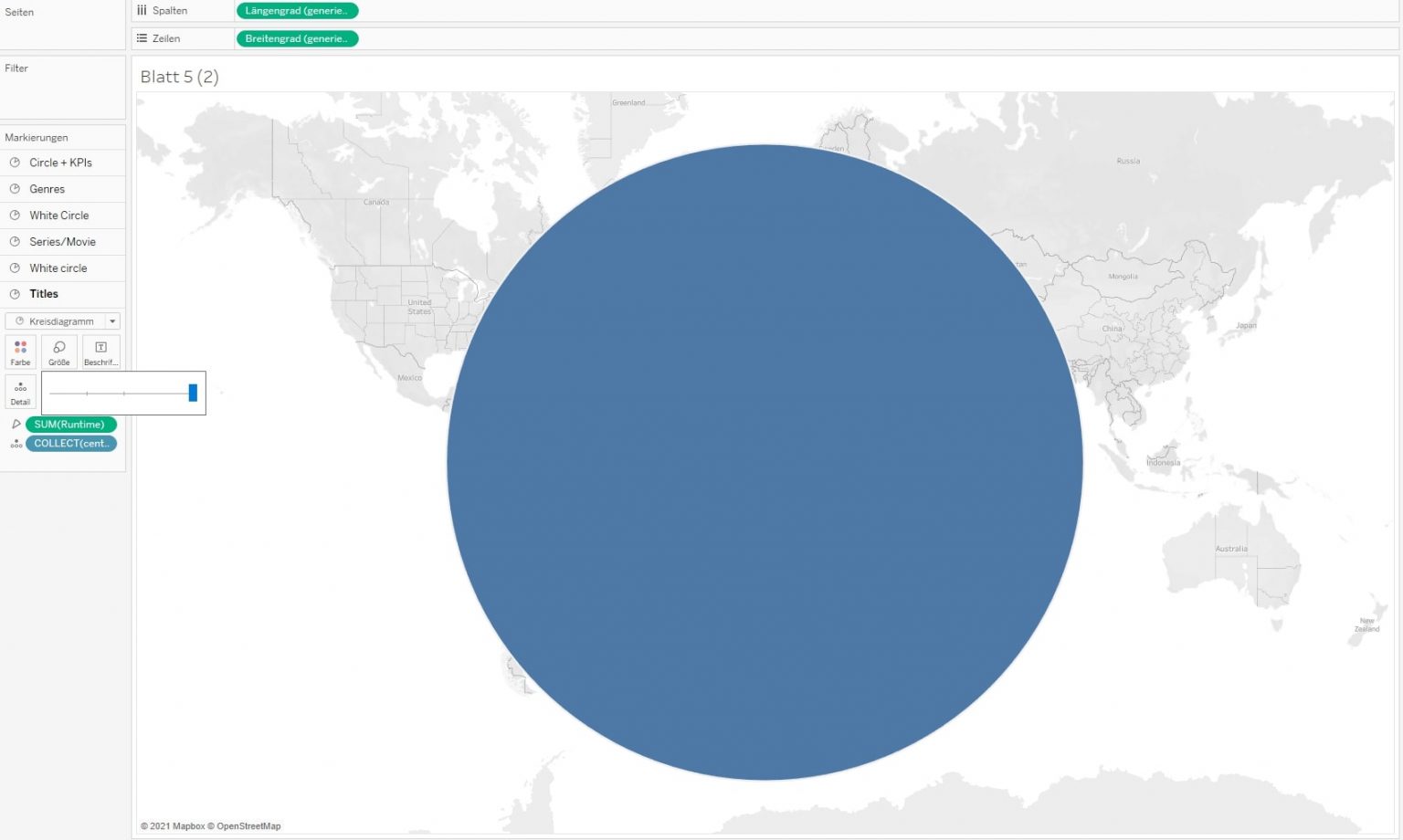


Tableau Clustering excels at visually seeing the relationships between data. You don’t need code or need to be a trained statistician to access it. Tableau Clustering takes that ability to a whole new level. Like we discussed above, the ability to segment data into useful groups or bins is as important as ranking and identifying your top and bottom values. You can then drill into those for more detail or compare how each group behaves relative to each other. In plain English, based on attributes you tell Tableau, it will go through and determine similarities and create look-a-like groups. Tableau Clustering allows you to easily identify statistically similar groups. It puts advanced statistics into your hands with just a few clicks. Tableau clustering is one of the newest features in Tableau 10. Tableau has recently begun adding more statistical tools that provide powerful ways of visualizing and exploring data. Today, we will discuss Tableau Clustering and why it is useful in creating better analysis of data.

But, some problems require more heavy lifting in Tableau than a viz can handle simply. I pretty much can’t solve a quantitative problem these days without using Tableau to help me visually explore my data and iterate through ideas and hypotheses. For more information, see Highlight Actions.I’ve been an avid user of Tableau for years. For example, selecting a color in the legend or turning on the highlighter will highlight the entire area instead of just the line. You can also use highlight actions with area charts. For more information, see Format at the Worksheet Level (Link opens in a new window). For example, you can edit the color legend and turn on mark labels and borders. The visualization updates to the following: On the Marks card, click the Mark Type drop-down and select Area. On the Columns shelf, right-click YEAR(Order Date) and select Month.įrom the Data pane, drag Quantity to the Rows shelf.įrom the Date pane, drag Ship Mode to Color on the Marks card. Open Tableau Desktop and connect to the Sample - Superstore data source.įrom the Data pane, drag Order Date to the Columns shelf. To create an area chart, follow the steps below: The basic building blocks for an area chart are as follows: Mark type: Follow the steps below to create an area chart. These charts are typically used to represent accumulated totals over time and are the conventional way to display stacked lines.

An area chart is a line chart where the area between the line and the axis are shaded with a color.


 0 kommentar(er)
0 kommentar(er)
